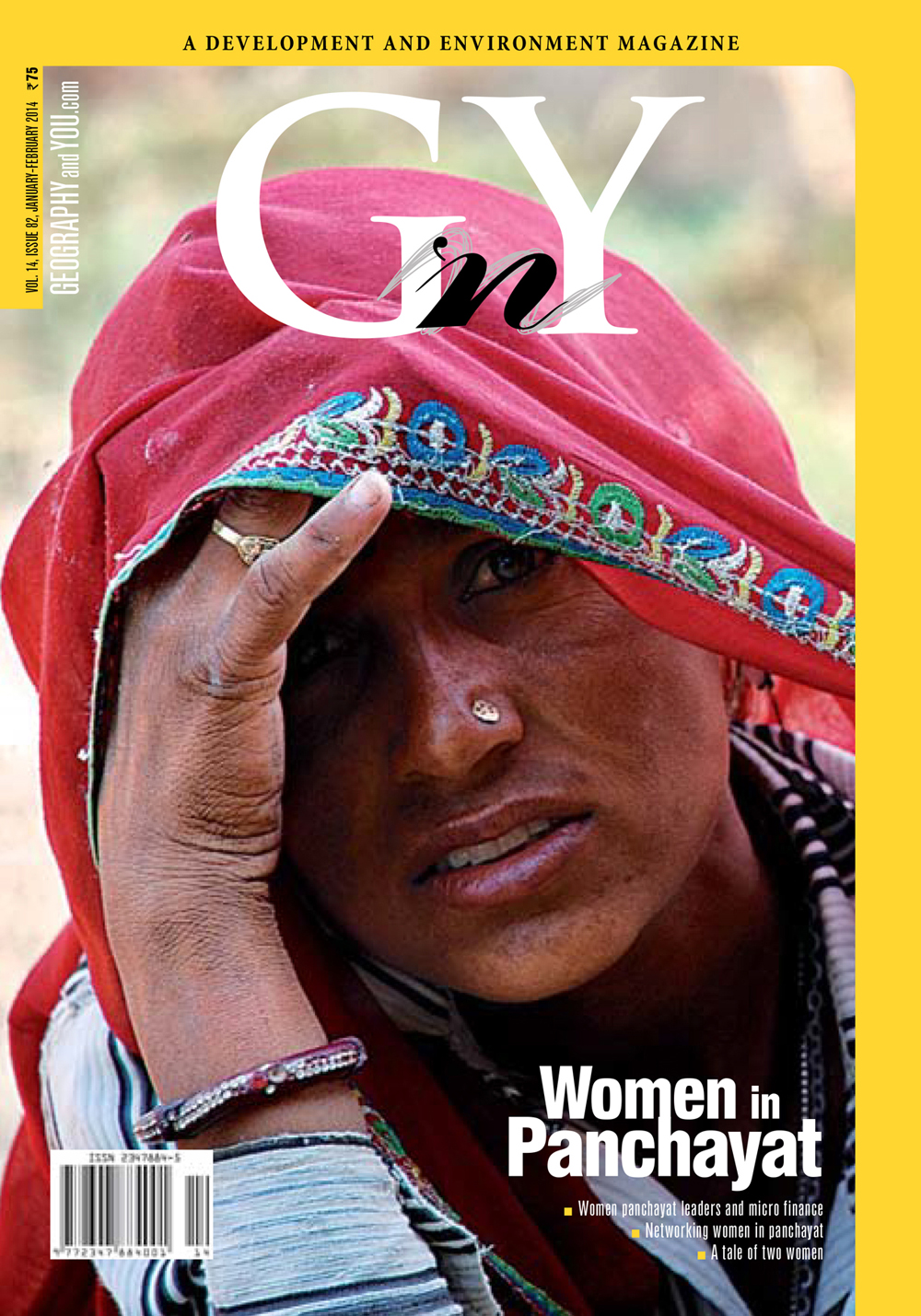
Inside this issue
Women in Panchayat
The 73rd Amendment Act of 1992 provided constitutional status to the panchayati raj institutions, formalised with a three tier pyramidal structure.
Reservation alone does not suffice meaningful participation of elected women representatives. This initiative needs to be complemented by providing space and opportunities for the women leaders to discharge their duties and exercise their power. In addition, a platform is required for women to voice their needs. A mahila gram sabha is one such platform in the planning and decision making process.
A powerful support structure through a women leaders’ network, to build an alliance, conscientize leader groups towards women-centric issues and orient the elected women representatives to the methods of tackling problems is imperative.
Women leaders in the panchayat need to collectively work to increase access to micro finance. A united forum with representatives of self help groups can develop livelihood and micro credit plans and seek the support of banks for funds.
Grass root leaders who relentlessly work towards the betterment of their respective villages in different yet similar ways.
Dynamics of women participation in local governance has received intense scrutiny since the Constitutional Amendment in 1992. Many emphasised on training women technically; despite successes in creating able women leaders, violence towards women needs multi-layered investigation.
With a progressive legislation set in place in 1992, women’s participation in the panchayat has increased considerably. Every five years a little more than one million women get elected while another three million women become aware of the panchayat process. This will help women emerge as able decision makers in totality.
A programme of the Ministry of Human Resource Development in ten states has built a large, robust base of women’s collectives over the years to empower women and adolescent girls through education. These collectives of women at the village level are networked into federations at the cluster, block and often at district levels.
A successful campaign to empower elected women representatives (EWRs) in the State, suggests that supporting them addresses several issues through the panchayat as women’s leadership is inclusive, collaborative, consultative, tolerant of different points of view, people-oriented and uses democratic and facilitative forms of decision-making.
The ICRW study provides evidence and makes a compelling case for a much needed review of elected local governance bodies; and for related actions to engender both the attitudes and abilities of elected representatives.
Powerful local initiatives by elected women leaders at the village level have led to innovative outcomes. We present stories that made the difference in the year 2012-13.
Greening India
The need to adopt a green way of life is reflected in the increasing demand for ‘green’ buildings. It remains to be seen whether voluntary submissions would suffice in the effort to achieve holistic conservation of resources.
In Conversation With
V Kishore Chandra Deo, the Minister of Panchayati Raj and Tribal Affairs, lighted up a gloomy January morning with his cheerful and warm disposition as he chatted with Sulagna Chattopadhyay, editor G’nY, about the changing roles of women in panchayat. While outlining the positive effects that programmes and schemes of the Ministry have had on empowering women in rural areas, he indicated the need to strengthen the entire system.
Leader of grit
In brief
Dear Readers To work on an issue dedicated to women in panchayat has been daunting to say the least—each entity is an intense area of study. The hand that writes often does not agree with the hand that wields, resulting in dichotomies. Women, of every creed and kind, young and old were propped up

